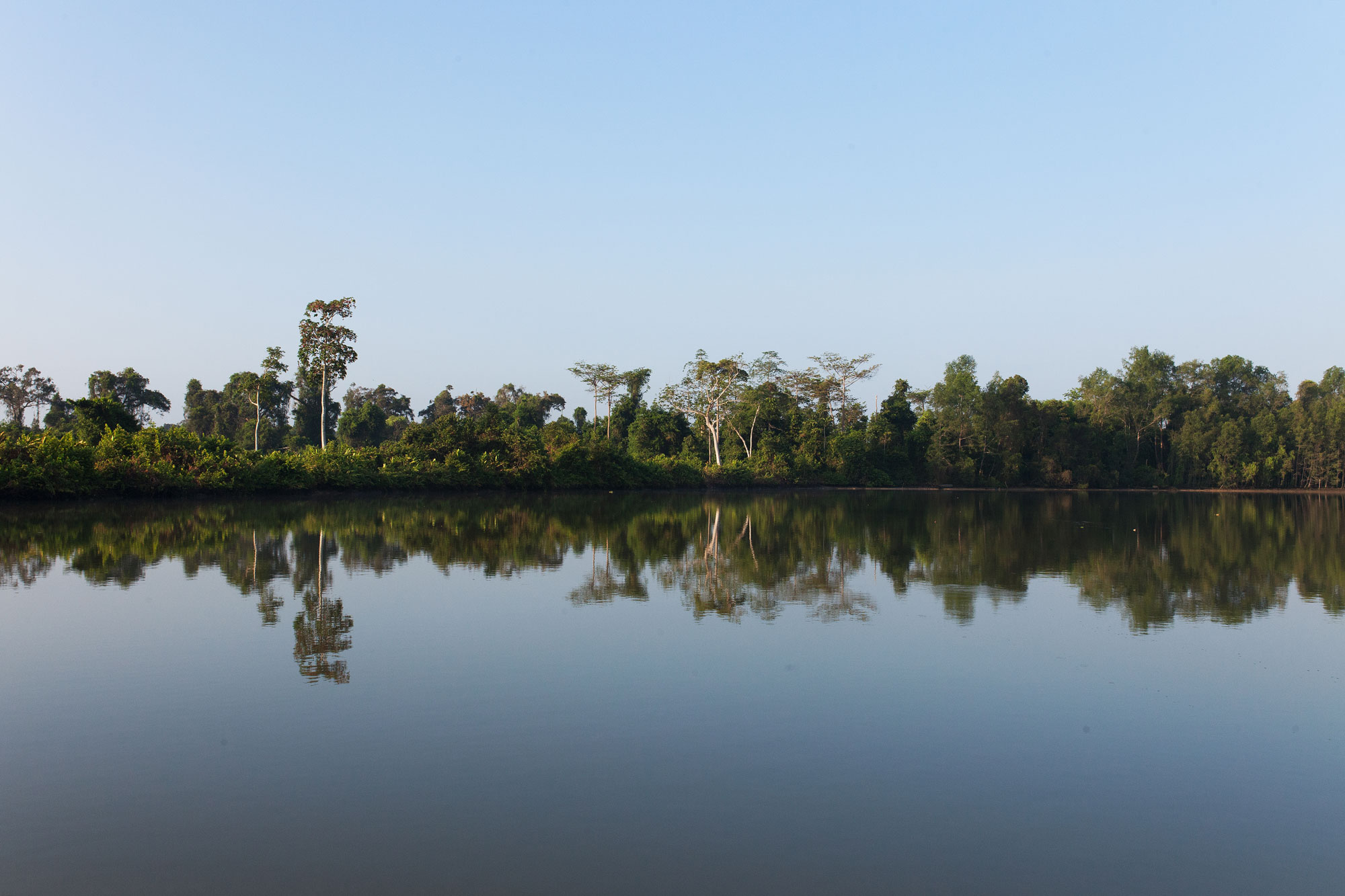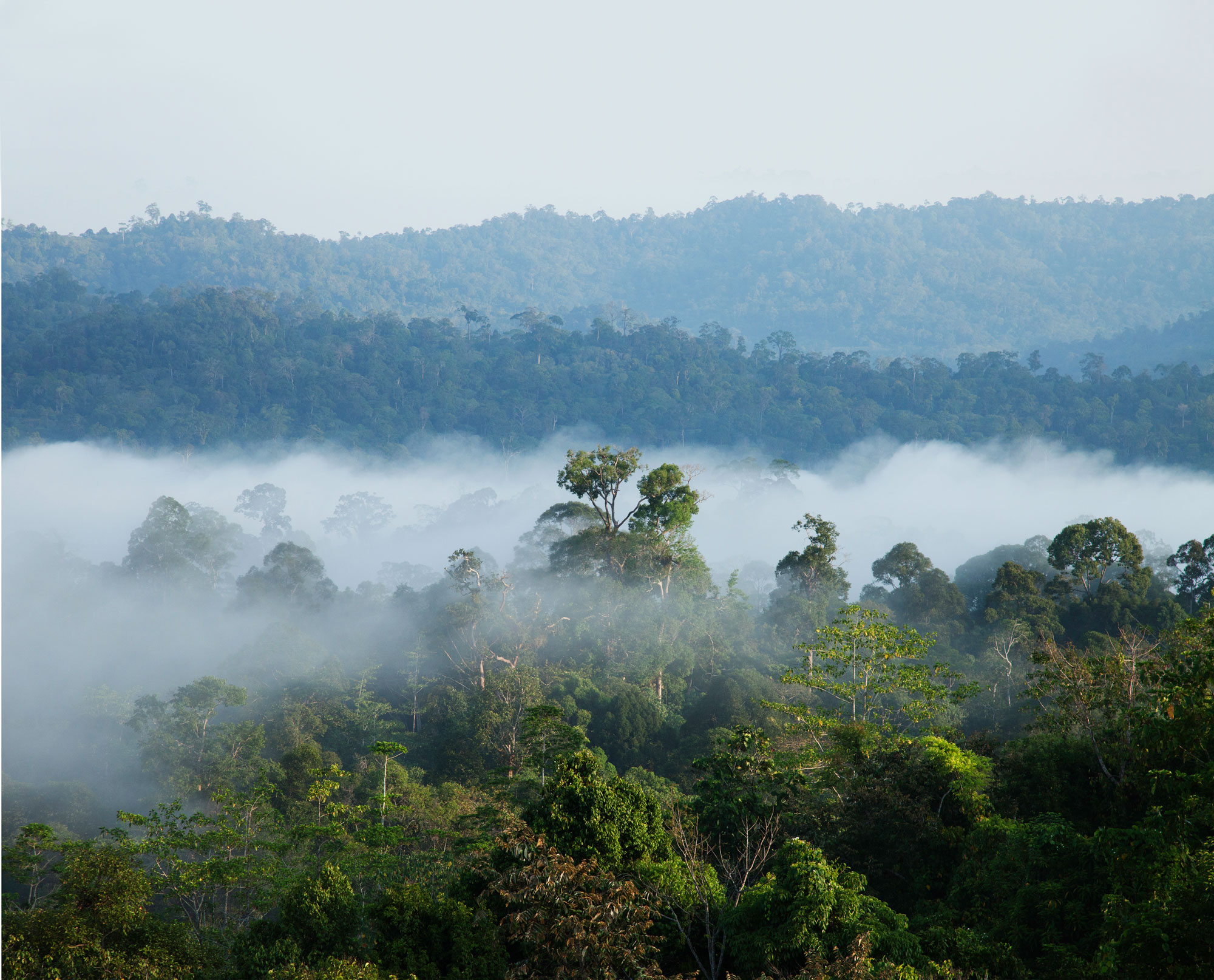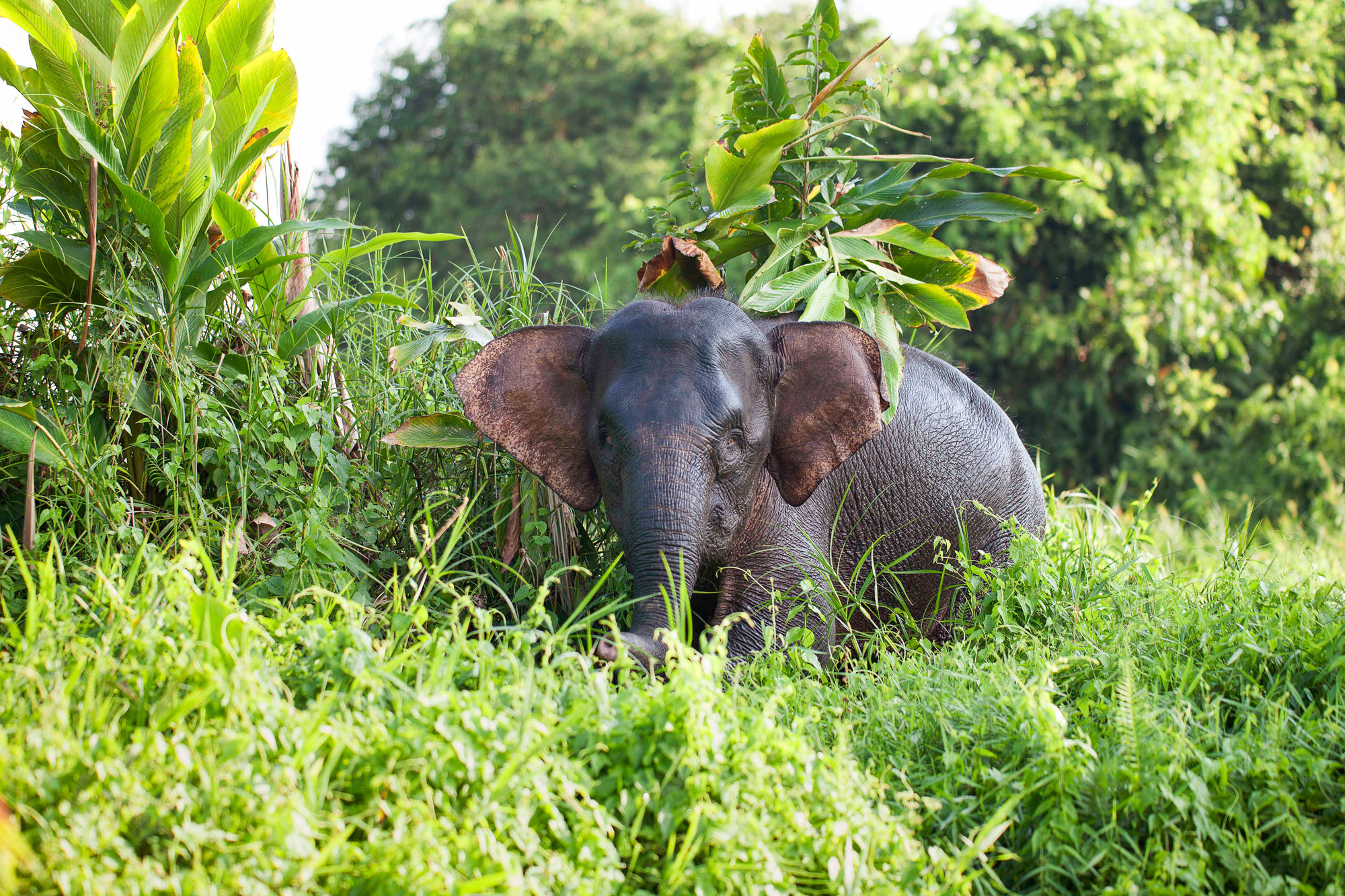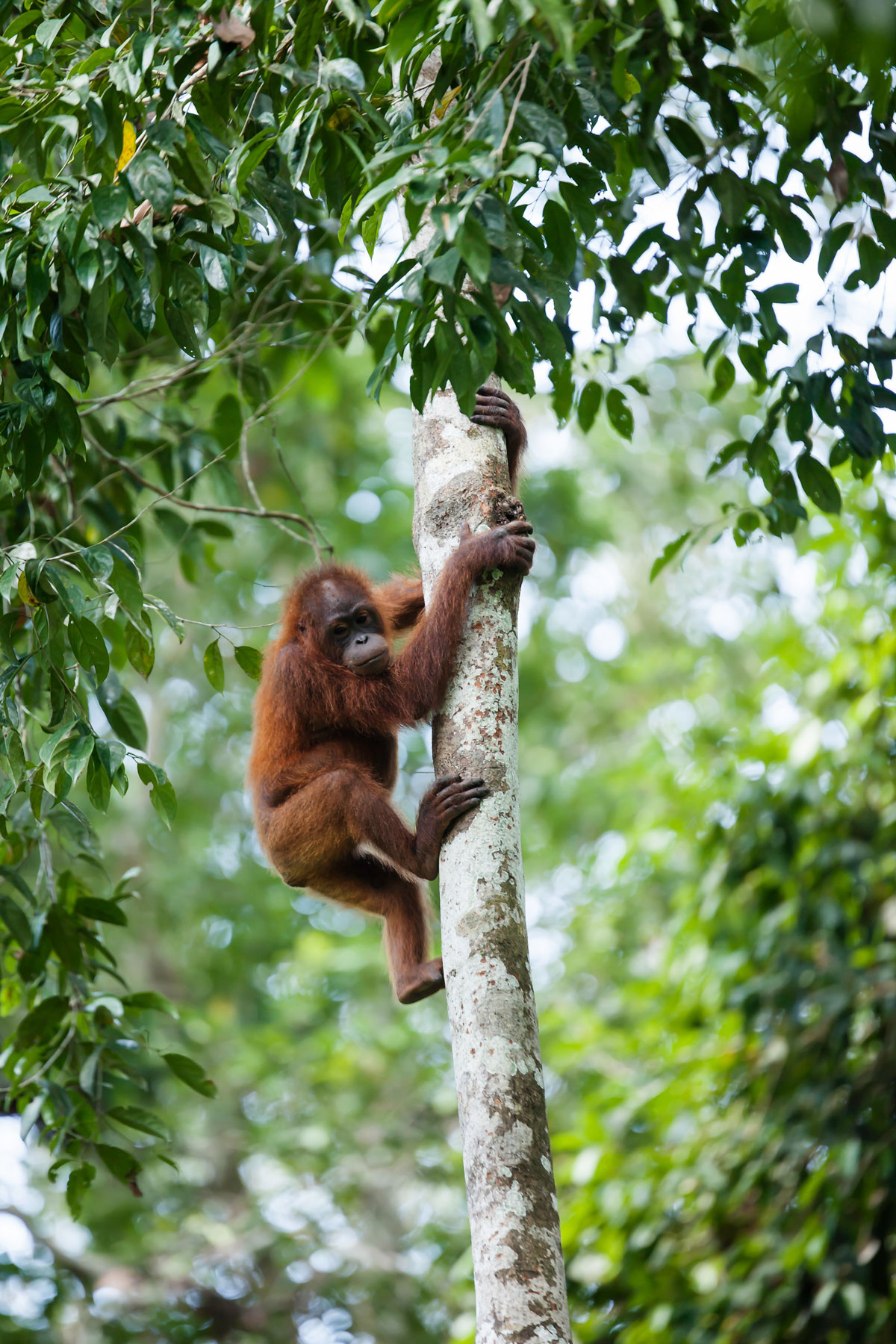

In April 2016, Rachel Taylor and Jody Daunton, co-founders of Another Escape, packed their bags, sunscreen and bug spray, and headed out to the tropics, to one of the islands where Alfred Russel Wallace spent time during his trip to the Malay Archipelago: Borneo.
With its luscious 140-million-year old rainforests teeming with life, many scientists believe Borneo to have the richest biodiversity on the planet, with thousands of flora, fauna and fungi species, and scientists still discovering more. Bornean orangutans swing through the leafy canopy, proboscis monkeys sit high in the riparian trees feasting on fruits, clouded leopards secretly skulk in the dewy undergrowth, and colourful birds bellow their chorus song from the treetops. Yet, despite its vitality, the region’s rainforests and their complex ecosystems are vulnerable, and sadly many species are facing the threat of extinction.

Trekking through the arduous terrain of the dense rainforest, it’s difficult to imagine past explorers like Wallace navigating these remote and rugged places. No lightweight gear, no GPS devices, no satellite communications, no modern medicine. Instead, only the knowledge of local guides, trust in one’s intuition, and an entourage of porters to carry trunks and crates of naturalist paraphernalia, equipment, ledgers and exotic specimens. It must have been tough. And daunting. But as soon as we step into these verdant forests, it becomes clear how a young naturalist of any era would become captivated.
Our trip begins in the north-east of the state of Sabah, Malaysian Borneo, on the Lower Kinabatangan River. Snaking 560 kilometres across east Sabah, from the Kuamut Highlands, through pristine jungles, swamp forests, floodplain wetlands, to finally pour out into the Sulu Sea, the Kinabatangan River is a precious corridor that connects forest remnants along its flanks. The area is abundant in wildlife: raptors glide high in the sky, snakes tangle themselves on the twisted branches of the mangroves, crocodiles bask on the banks, near-camouflaged in their muddy surrounds, and primates linger high in the trees. It feels like a wildlife haven. However, sadly the fragile ecosystem along the Kinabatangan has been gnawed away by decades of logging, agricultural expansion and oil palm plantations. From the water, the jungle looks luscious; but at many points, the trees only thinly veil the near-endless rows of oil palm behind.

Pygmy elephants trumpet their way along the banks and then cross the river, the infants staying close to the herd, protected from the currents that could easily sweep them downstream. An incredible sight, but Borneo’s pygmy elephants, like many other endemic species on the island, are suffering from habitat loss. The removal of the forest has pushed wildlife into concentrated areas and onto land now designated for agriculture, causing conflict between them and humans. Over the last few decades, elephant sightings on the river have become more frequent, a sign of their displacement from the surrounding areas. The Lower Kinabatangan is home to one of the last remaining groups of pygmy elephants, and conservation organisations estimate that there’s only 1,000 – 1,500 pygmy elephants left in the wild, most of which are found in Sabah.

From the Kinabatangan River, we travel to Danum Valley, a conservation area that sprawls over 438 square-kilometres and contains an 130-million-year-old wilderness with over 500 species of mammal, bird, reptile, and amphibian. Ambling the trails in the swaddling humidity, listening past the cicada song and the calling hornbill, our ears prick to a rustling overhead. Swiftly and silently, we follow the sound and shadow in the canopy of the towering dipterocarp trees until we make out tufts of fiery red hair. A mother orangutan cradling her infant propels herself from tree to tree, plucking fruits in transit. We gawp up, our necks craned. This is a moment many will only experience through a television set, with soft, narrated whispers, Attenborough perhaps, detailing the encounter.
Like the elephants and other species on the island, Bornean orangutans have fallen victim to the rapid destruction of rainforest to make way for cash crops, mainly oil palm, and according to WWF, “the species’ habitat has been reduced by at least 55% over the past 20 years.” It is believed that in the past 60 years, Bornean orangutan numbers have fallen by over half, with the mounting fear that there may soon be no turning back for the population’s decline.
Scientists and conservationists have projected a rather grim prognosis for many of the island’s and region’s species if things are not tackled imminently. Having experienced these ancient forests and their remarkable wildlife firsthand, we felt strongly compelled to highlight them in a meaningful way and do something that would make progressive steps forward. The collaboration with Ed and James was a fantastic opportunity to do this, by celebrating this incredible part of the world and triumphing those who are working on the ground to protect endangered species.
Another Escape is an outdoor lifestyle, creative culture and sustainable living journal that celebrates the stories of passionate people inspired by nature. The have collaborated with us to curate ‘The Wallace Series’, our selection of endangered animal prints that pay homage to the great British explorer, biologist and naturalist Alfred Russel Wallace.

Read more articles from our contributing authors and follow the project progress by signing up to the Under the Skin newsletter.